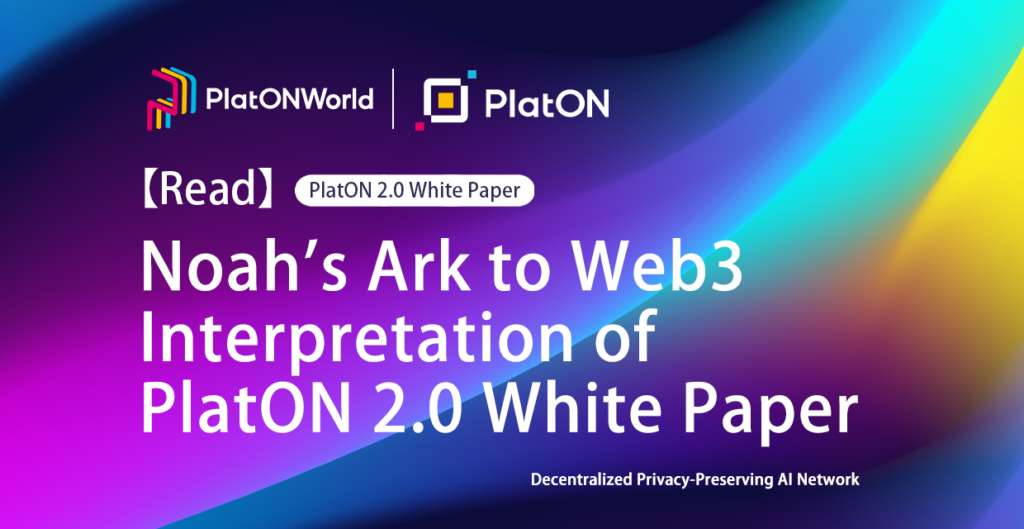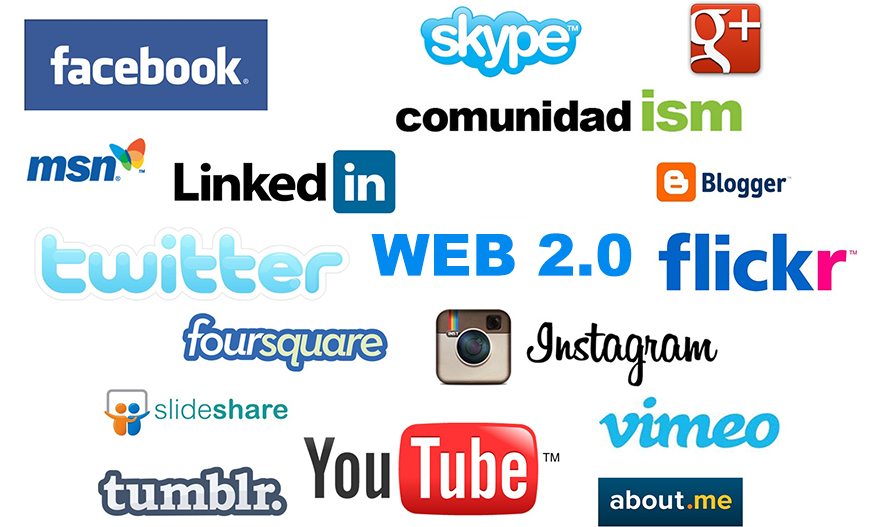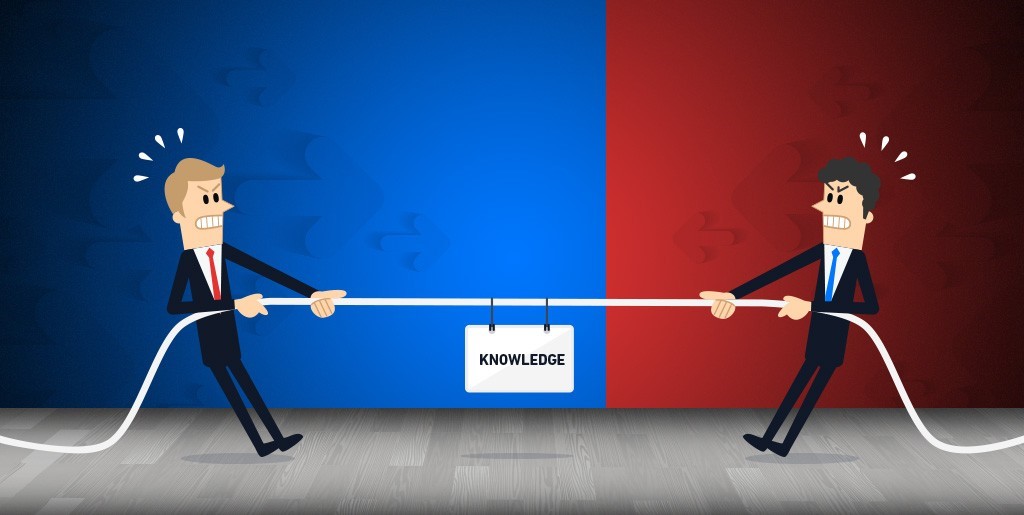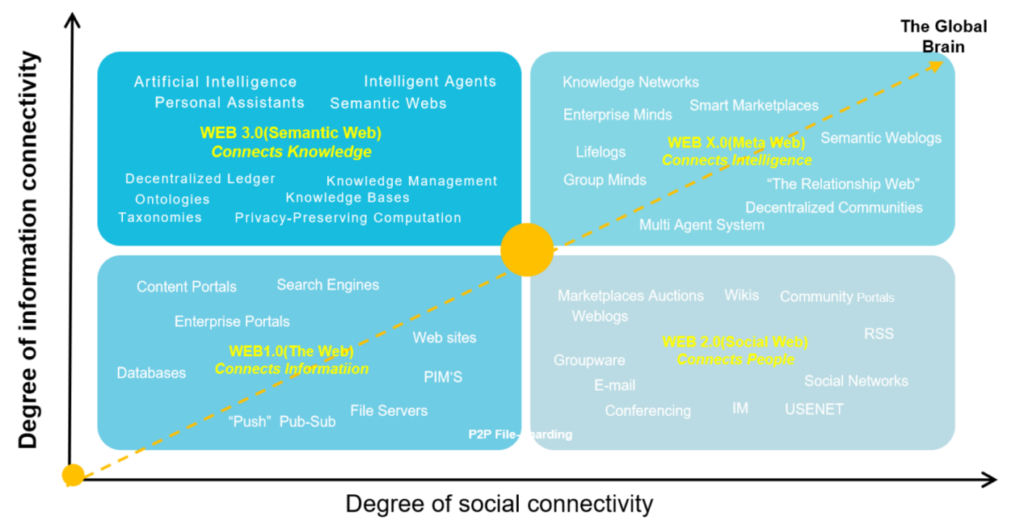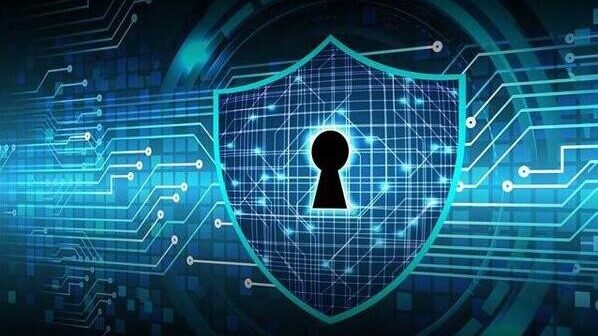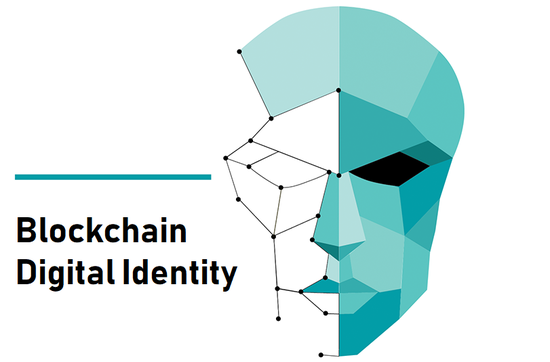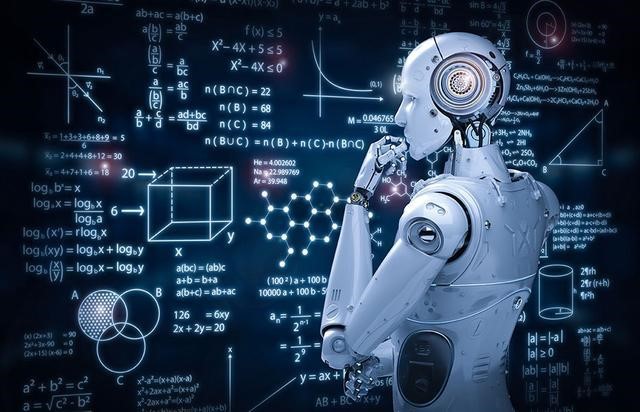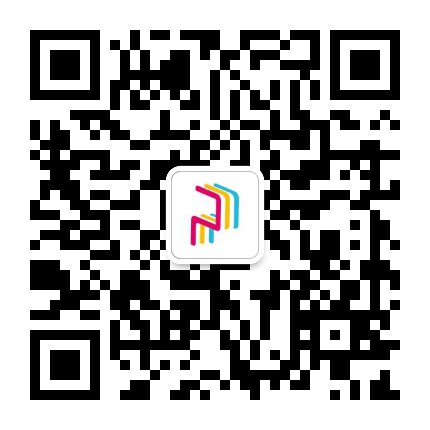Author:Fstab_
The following content is my personal opinion, it does not represent any investment advice.
If you appreciate it, please like, comment, and share!
A few days ago, PlatON released the latest English white paper. Because I have been engaged in big data and blockchain-related work, and privacy computing has very important application value in data sharing and transactions. I am optimistic about this track, that’s why I have been paying close attention to PlatON since its birth.
Recently, the concept of Web3.0 is quite popular, but there are different opinions on what the definition of Web3.0 is, and there is no accurate statement yet. It is still in the stage of discussion. I happened to have just finished studying PlatON’s latest white paper 2.0, therefore, I would like to talk about some of my views on Web 3.0.
1 、Web1.0 and Web2.0
If you want to discuss Web3.0, you must have a detailed understanding of Web1.0 and Web2.0, recognizing the current situation and grasping some of the laws in the process of change, then speculating on the characteristics of Web3.0 on this basis. This is the correct way to interpret, after all, we cannot draw a Web3.0 through fantasy. Therefore, it is necessary to understand Web1.0 and Web2.0.
Next, I will try to interpret Web1.0 and Web2.0 from six levels: application, technology, user role, organizational form, revenue distribution and rulemaking.
1.1 Web1.0
Application: The overall application mode of Web1.0 is to use a website to implement an information center to distribute information to ordinary users. Among them, the most famous representatives are various portal websites. Such applications are the most eye-catching existence in the Web1.0 era. Among them, the most famous representative is Yahoo. With the portal as the center, other applications were born, such as Google (search engine), Netspace (browser) and so on.
Technology : The technological development path of Web1.0 mainly serves the core area of centralized information distribution, and various application layer protocols built on this basis, software (browser) and first-generation search engine technology that can meet the needs of ordinary users have been born.
User role : The website is responsible for the production of content (data), and ordinary users are just the consumers of content, and data ownership is relatively easy to clarify.
Organizational form : Dominated by a centralized company form, ordinary users as independent individuals only have the right to participate.
Revenue distribution : The website occupies all the revenue, and ordinary users do not distribute any revenue.
Rulemaking : All rules are made by the website, and ordinary users cannot participate in making the rules.
1.2 Web2.0
Application: Compared with Web1.0, Web2.0 has undergone a revolutionary change. Ordinary users are no longer just consumers of website content, but also producers of platform content. And with the continuous development of communication technology, the form of applications has gradually changed from text (Wattpad, Web Novel) to text + pictures (Instagram, Pinterest, Facebook, Google), video (Youtube, Tiktok), and live broadcast (Bigolive). Some companies that are well versed in humanity and habits of users, with the support of capital, they have grown all the way to become a platform-based enterprise and monopolize their fields.
Technology : Web2.0 inherited many technologies from Web1.0. Due to the increasing amount of data and the increasing number of platform users, the technology of Web2.0 has also undergone tremendous changes. After that, big data, cloud computing, and artificial intelligence have gradually become representative technologies in the Web 2.0 era.
User role : The website is no longer just the center of information gathering, but also a platform for content production. Ordinary users are both content producers and content consumers. But even if ordinary users are the producers of data, ordinary users cannot dispose of their own data due to the ownership of the data is not clear yet.
Organizational form : It is still dominated by a centralized company form, but with the development of the content economy, some users spontaneously organize and form communities and participate in the platform ecology.
Revenue distribution : The platform and content producers share benefits now. However, the platform has occupied the market and monopolized the market by investing a lot of money, and content producers have no pricing power over their own content income.
Rulemaking : It is mainly dominated by the platform, and it is difficult for the community and ordinary users to participate in the rule-making.
2、The issues of Web 2.0
There is only one reason why the industry discusses Web3.0, that is, Web2.0 is not perfect and has caused many problems. So what are theissues?
2.1 The privacy protection issues of Users
Nowadays, as long as we use the platform, our search will be recorded by the platform. With the development of big data and artificial intelligence, the platform can know you better than the people closest to you. We often encounter situations like this: I searched for water cups on Google, then advertisements of water cups will appear when open Youtube, At this time, it shows that our search history has been leaked to Youtube. Has it been approved by us? No, this is a great violation of our privacy.
2.2 The platform economy
What is the greatest achievement of the Internet? Improve the efficiency of information transmission and eliminate information asymmetry to the greatest extent. Let’s take transactions as an example. The biggest problem with traditional transactions is the asymmetry of information between buyers and sellers, so the two need to find a trusted intermediary.
But even with the existence of an intermediary, the two need to exchange information with counterparties (to reduce information asymmetry) to reach the final transaction. Since the development of the Web2.0 platform economy, connecting the two ends of information supply and demand is essentially just a more efficient information intermediary. The platform is grabbing the biggest cake in the field, but after all, merchants are profit-seeking. When the production efficiency of the entire society is not improved, they can only cut corners and shoddy materials to reduce costs, so as to obtain the expected benefits. On the surface, the information asymmetry is solved, but in fact, a new information asymmetry is created. How to solve this problem? It is a question worth thinking about.
Secondly, as the rule maker in the entire ecology, how can the platform ensure that the rules are fair and reasonable? Someone might say: It can be solved by the market. It sounds reasonable at first glance, but the free market is not as versatile as classical economists imagined. Just like in the on-site Internet market, each track is full of monopolies, and ordinary users can only participate in it according to established rules. Moreover, as the center of the entire ecosystem, the platform also provides a lot of rent-seeking space for employees, which cannot guarantee the fairness and justice of ordinary users.
2.3 Centralized storage and ownership of data
The data of ordinary users are all centrally stored on the server of the platform. Although there are various technical means to protect, data theft and leakage still happen from time to time. At the same time, the data of each platform is stored separately, and the security cannot be guaranteed between each other. Sharing and connecting with privacy will greatly reduce the value of data applications, which has become an obstacle to data applications under the current Web2.0. Moreover, the ownership of the data is not yet clear, and the data is stored centrally. The platform can arbitrarily dispose of the data of our ordinary users (processing, mining, selling, etc.)
3、What might Web3.0 be?
3.1 Discussion on Web3.0
There are different opinions on what Web3.0 will be. Let’s take a look at the opinions of two experts.
Fifteen years ago, Sir Tim Bernard-Lee, the inventor of the Web, believed that the current limitation of the Internet is that HTML is displayed for everyone, without metadata, and cannot be understood by machines. Therefore, data should be given meaning, then a smarter and more automated Internet application should be developed to realize Web3.0, that is, the Semantic Web.
Dr. Gavin Wood proposed a revolutionary Web3.0 vision in 2014, and then initiated the Web3 Foundation. His philosophy is: Web3 is a set of extensive campaigns and protocols to make the Internet more decentralized, verifiable, and secure; Web3’s vision is to achieve a serverless, decentralized Internet, that is, users control their own identity and data And the Internet of Destiny; Web3 will launch a new global digital economy system, create new business models and new markets, break platform monopoly, and promote extensive, bottom-up innovation.
(The above content is quoted from the speech of Liu Yi From Web2.0 to Web3.0 )
PlatON mentioned in the white paper that Web3.0 should have the following characteristics:
In summary, Sir Tim believes that the characteristics of Web3.0 should be “smart” and “connection”; Dr. Gavin believes that Web3.0 should be “decentralized” and “self-sovereign”. PlatON combined the views of the two experts into one and described the specific characteristics of Web3.0 as defined by it.
3.2 As I know about Web3.0
Let me talk about the conclusion first, I am more inclined to Web3.0 defined by PlatON, but there are some of my personal views on Web3.0.
Combining this chart of the transition of Web1.0 from WebX.0 in White Paper 2.0, we review the history of the Web:
Web1.0 is actually an application spawned through technology. The Internet began to spread, and the value of the Internet was manifested. In essence, it connects people and information through the Internet, and many Web1.0 applications with the information center as the main carrier and service were born.
With the transition from Web1.0 to Web2.0, the essence of the Internet is also changing. In addition to connecting information, it also begins to connect people to people, which in turn promotes the democratization of Internet content creation, and ordinary users become the main force in information production. military. The innovation of application mode promotes the development of technology and meets the needs of serving many users.
The transition from Web2.0 to Web3.0, connecting information and information through the Internet, is essentially different from the existence of the other two. Based on this essence, the primary goal of Web3.0 should be to solve the main problems of Web2.0, realize the user’s data sovereignty, and then realize the intelligence of the overall Web service through the extensive connection of information. And out of the most fundamental needs for the personal privacy protection and benefit distribution of ordinary users, weak centralization or decentralization is definitely a way forward for Web3.0, data sovereignty is an inevitable r equirement of Web3.0, and intelligence is Web3. .0 An important feature of the future .
Therefor, in the transition from Web2.0 to Web3.0, my view is that technology should drive application changes. The specific path should be to start with data democratization, complete a wider range of data connections, build and complete an intelligent semantic network, and then through technological innovation, and then realize the democratization and intelligentization of application services.
Specifically, I think the characteristics of Web3.0 should be as follows:
Application: Unlike the large-scale implementation of “Internet +” Web2.0, in addition to weakly centralizing the existing field, Web3.0 will continue to evolve itself with the development of artificial intelligence. I divide it into three stages: In the first stage, thanks to the realization of data sovereignty, machines will use more data as third parties and build Web3.0 into a highly intelligent semantic network. Machines can gradually ” Understand the data”; the second stage, based on the widely connected semantic network and artificial intelligence applications, services will also be intelligent, data and applications will be able to “communicate” with people, expand the infinite possibilities of users in virtual space, and realize intelligence In the third stage, the virtual space begins to sprout advanced cognition and self-thinking, and finally the “global brain” grows into a “global mind”. Humans provide higher-level services and ultimately affect human society.
Technology : It is compatible with multiple technologies of Web1.0 and Web2.0, some of which will be encapsulated and inherited through decentralization or weak centralization, and continue to develop. Blockchain, private computing and artificial intelligence will play a huge role in Web3.0 (I will talk more details next).
User role : Ordinary users are still the main force in data production and consumption, and data can be properly protected and the producer has ownership. User data needs to be authorized before it can be used by third parties (people, machines, services) to achieve “data sovereignty”. And machines and services will also serve as participants of Web3.0, interacting and communicating with people in virtual spaces.
Organizational form : Instead of taking the form of a company as the dominant platform, it is governed by all members of the community.
Revenue distribution : According to the contribution of the community, we will distribute according to our work, and we will get more for more work, and get less for less work.
Rulemaking : The community has the right to formulate, and the rules are mainly formulated through full voting or entrusted agency. Smart contracts implement the rules and conduct community governance. Code is law.
4、Blockchain, private computing, AI and Web3.0
Blockchain, privacy computing, and AI are the three vital technologies for the future of Web3.0. Why do we say that? There are my opinions.
As mentioned above, I think the path of Web3.0 should start with the democratization of data, and then realize a more intelligent semantic network. Then, the privacy and security of data in the entire life cycle (production, transmission, processing, and storage) is the primary problem that Web3.0 solves in the initial stage. Especially at this stage of data processing is the most important, and it is also the biggest barrier to whether user data can be valued. So how to solve the problem of privacy protection in data processing?
Privacy computing provides us with a possibility. Technologies such as secret sharing and homomorphic encryption in privacy computing can provide data to the data demander without revealing the source data, making the data available and invisible. The realization of this technology has greatly improved the availability of data. When we authorize data to third-party applications, we no longer have to worry about our privacy leakage. There are a wide range of application scenarios for both individuals and enterprises.
Therefore, privacy computing provides technical guarantee for the realization of data sovereignty and the construction of semantic network in Web3.0.
The blockchain is more interesting. If we look at it from a technical point of view, the blockchain is a distributed database with transparent and non-tamperable data; if we look at it from an application point of view, the blockchain can be a decentralized value transmission system . But no matter from which point of view, decentralization (or distributed) is the biggest feature of blockchain, which is in line with the development direction of Web3.0. So, what can blockchain provide for Web3.0? I think there are the following points:
4.1 The most important point is to provide decentralized technical support for upper-level applications
The problems of Web2.0 are mostly caused by the root causes of the centralized model. The decentralized technical characteristics of the blockchain provide technical support for the decentralized infrastructure layer for upper-level applications such as data processing and model building. , Lays the technical direction of decentralization for Web3.0.
4.2 Build a credible digital identity system and authenticateable data accounts
If ordinary users want to be able to manage their own data, two points are essential, namely, digital identity and data account. The digital identity proves that you are you, and the data account performs 1:1 or 1:N mapping through the digital identity. Invoking the data in the data account requires the authentication or authorization of the digital identity. The digital identity and data account built on the blockchain can greatly reduce the cost of authentication while ensuring the reliability of the identity, and realize the sovereignty of users over their own data.
4.3 Realize the safe transfer of data and assets in virtual space
The blockchain itself is a value transmission system, and the future application direction of Web3.0 will also extend from physical space to virtual space (digital space). So how can the wealth created in the virtual space ensure that the transaction between the two parties is fair and just, and will not be denied? Blockchain is a good answer: data cannot be tampered with + peer-to-peer value transmission = technical means to ensure that private property is sacred and inviolable. Based on the Web3.0 application of blockchain technology, anyone does not have to worry about the security of their virtual property (provided you keep your private key).
4.4 Realize community governance through smart contracts
As I mentioned above, under Web3.0, the organizational form of the platform is more likely to be governed by the community, rules are determined by voting, and the fair and open characteristics of blockchain technology data ensure the fairness of the voting process and results. The rules defined by smart contracts can realize automatic governance in accordance with the consensus of the community, and provide a series of governance measures such as rewards and punishments to community members.
T herefore, the blockchain is an indispensable technical support for the future Web3.0.
AI, artificial intelligence, I think it is a great technology in recent years. The significance of this technology is that it allows machines to learn and think like humans. It has immeasurable prospects in fields such as intelligent manufacturing, robotics, and autonomous driving. In Web2.0, artificial intelligence has been gradually integrated with reality, and is applied in some labor-intensive industries and various intelligent services and other scenarios.
The development of technology is inherently repulsive to labor. The two industrial revolutions have verified this, and the emergence of artificial intelligence has laid the foundation for the next industrial revolution. Therefore, in the future, applications based on artificial intelligence will inevitably flood all aspects of people. Web3.0 is no exception. Artificial intelligence applications such as natural language processing, machine learning, machine reasoning and autonomous agents will all be able to run in Web3.0. The realization of “global brain” and “global thinking” also requires artificial intelligence as Its escort.
Therefore, artificial intelligence is an important application field of Web3.0 in the future, and will give new life to Web3.0 in the future.
4.5 Conclusion: PlatON and Web3.0
PlatON combines blockchain, private computing and artificial intelligence, and is positioned as a private artificial intelligence network based on blockchain technology. Blockchain provides the underlying consensus and smart contract platform to lay a decentralized technical foundation; privacy computing provides security guarantees for data processing and the construction of intelligent semantic networks; and artificial intelligence services, as upper-level applications, provide one-stop modeling, Basic services such as training and AI service agents realize “AI” as a service. Therefore, from the perspective of the overall technical architecture, PlatON has made sufficient preparations for the upcoming Web3.0.
In addition, the developers of PlatON have inherited and developed the existing Web2.0 technology. Whether it is smart contract or AI application development, it can be carried out in the current conventional way, which greatly reduces the difficulty of development and the threshold of use. Waiting for that exciting dawn.
So I do believe that PlatON must be the Noah’s Ark leading to the revolution of Web3.0.
![]()
![]()
![]()
PlatONWorld — the base of PlatON ecological long-termists!
Welcome everyone to continue to pay attention to PlatONWorld!
PlatONWorld | Official website platonworld.org
PlatONWorld | Telegram
PlatONWorld | WeChat community mcqueen678(Wechat number)

